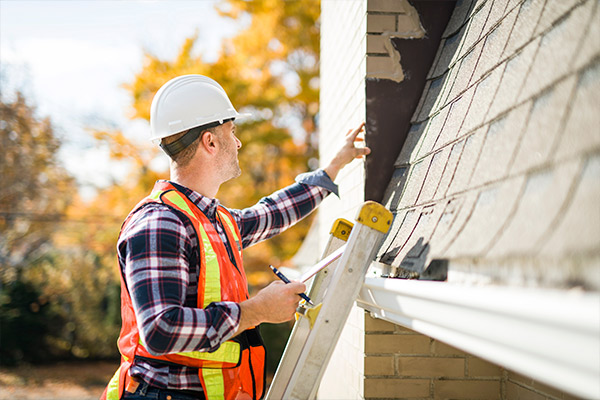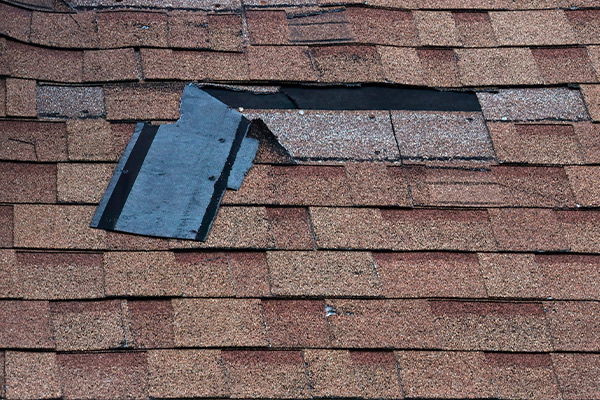The Rio Grande Valley’s position along the Gulf Coast creates a unique wind environment that can pose significant challenges to building structures, particularly roofs. Located at the southernmost tip of Texas, the RGV experiences diverse wind patterns driven by its proximity to the Gulf of Mexico, the flat coastal plains, and the semi-arid interior.
Seasonal changes dramatically impact wind behavior in the region. Spring brings the peak severe weather season, with May recording the highest wind event activity, followed closely by April and June. During these months, the collision of warm, humid Gulf air with cooler, drier continental air masses creates conditions ripe for thunderstorms with damaging winds. This can lead to significant storm damage, making roof repair essential.
Summer introduces hurricane season threats, while winter brings sharp temperature drops and occasional strong northerly winds when cold fronts push through.
Historically, the RGV has faced devastating wind events. Records show the region has endured several major hurricanes, including the 1880 hurricane with sustained winds of 150 mph, and more recent storms like Hurricane Allen in 1980 and Hurricane Bret in 1999.

The financial impact is staggering—since 2012, wind and hail storms have caused over $1 billion in insured property damage across the region, with an average of 24 significant wind events occurring annually. Understanding these patterns is the first step toward protecting your RGV roof from the Gulf Coast’s persistent wind challenges.
Gulf Coast Winds
Gulf Coast winds can inflict significant damage on your roof, often in ways that aren’t immediately visible. Understanding how wind affects your roof is crucial for Rio Grande Valley homeowners.
When high winds travel over your roof, they create a low-pressure area above while increasing pressure inside your home, creating a powerful lifting effect. This phenomenon, known as Bernoulli’s principle, can literally tear your roof away from your home.
Wind Damage
Common wind damage includes:
| Sign to Look For | Description |
| Missing or damaged shingles | Shingles are often the first to fail; check for loose edges, curled corners, or missing pieces. |
| Granule loss | Look in gutters and downspouts for accumulation of shingle granules. |
| Damaged flashing | Inspect flashing around chimneys and vents for cracks or displacement. |
| Dents on metal components | Check metal parts of the roof (vents, flashing) for dents from debris or hail. |
| Water stains on ceilings or walls | May indicate that wind has already caused leaks and compromised the roof’s integrity. |
Wind damage, left unaddressed, can create compounding problems:
Damaged shingles expose the underlayment to UV rays
- Moisture seeps in and accelerates deterioration
- Wood rot
- Mold growth
- Compromised insulation
This cycle of damage can significantly reduce your roof’s expected lifespan and leave it vulnerable to catastrophic failure during future storms.
7 Steps to Protect Your Roof Against Gulf Coast Wind
Taking proactive measures can significantly increase your roof’s resilience against these powerful forces. Here are seven proven strategies to fortify your roof against Gulf Coast winds.
| Measure | Reason | What Protection It Provides |
| Conduct Regular Roof Inspections | Early detection of vulnerabilities, such as loose shingles or damaged flashing | Prevents minor issues from becoming catastrophic during storms by addressing them proactively |
| Reinforce Roofing Materials | Use wind-resistant materials | Upgrading or reinforcing roofing materials enhances wind resistance up to 130+ mph |
| Install Hurricane Clips | Roofs are vulnerable to uplift during strong winds | Creates a strong connection from the roof to the foundation, preventing the roof from being torn off |
| Seal Roof Edges | Wind often starts damage at the roof’s edges due to Bernoulli’s principle | Cement seals prevent wind from getting under shingles, reducing uplift and edge failure |
| Maintain Gutters and Downspouts | Clogged or broken gutters lead to water damage and weaken the roof edges | Ensures proper drainage, prevents water intrusion, and maintains the roof’s structural integrity |
| Trim Overhanging Branches | Branches can break and damage the roof or clog gutters. | Prevents impact damage and minimizes debris, which improves drainage and reduces stress points. |
| Consider Wind-Resistant Roof Design | Roof shape and structure significantly affect wind resistance. | Hip roofs (with no vertical sides) and proper pitch reduce wind pressure; better anchoring and bracing to resist strong winds. |
Implementing these seven strategies creates a comprehensive approach to protecting your roof against Gulf Coast winds. Each reinforcement works in concert with the others, creating multiple layers of protection that can mean the difference between minor repairs and catastrophic damage during severe weather events.

Next Steps
Being proactive is your best defense when protecting your RGV home against Gulf Coast winds. Regular maintenance and timely repairs aren’t just about preventing damage. They are investments that can save you thousands in potential restoration costs. Studies show that preventative maintenance can increase a roof’s lifespan by up to 50%, making it one of the most cost-effective approaches to home protection.
Don’t wait until after a storm to discover vulnerabilities in your roof. Frontline Home Solutions offers complimentary roof inspections that can identify potential issues before they become costly problems.
These inspections typically thoroughly assess your roofing materials, structural integrity, and possible weak points. If you suspect storm damage, roof repair should be addressed promptly to avoid further complications.
Remember, your roof is your home’s first defense against Gulf Coast winds. By implementing the strategies outlined in this article and consulting with Frontline Home Solutions, which specializes in fortifying roofs against severe weather conditions, you can protect your investment and gain peace of mind today. Contact us today for expert storm damage roof repair in the RGV and get a complimentary inspection.



